Seeds for a Bible Garden
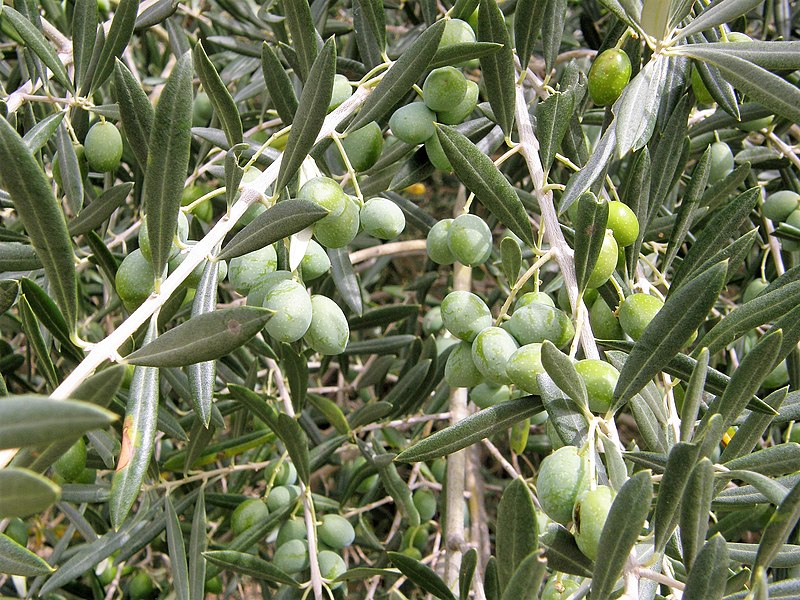
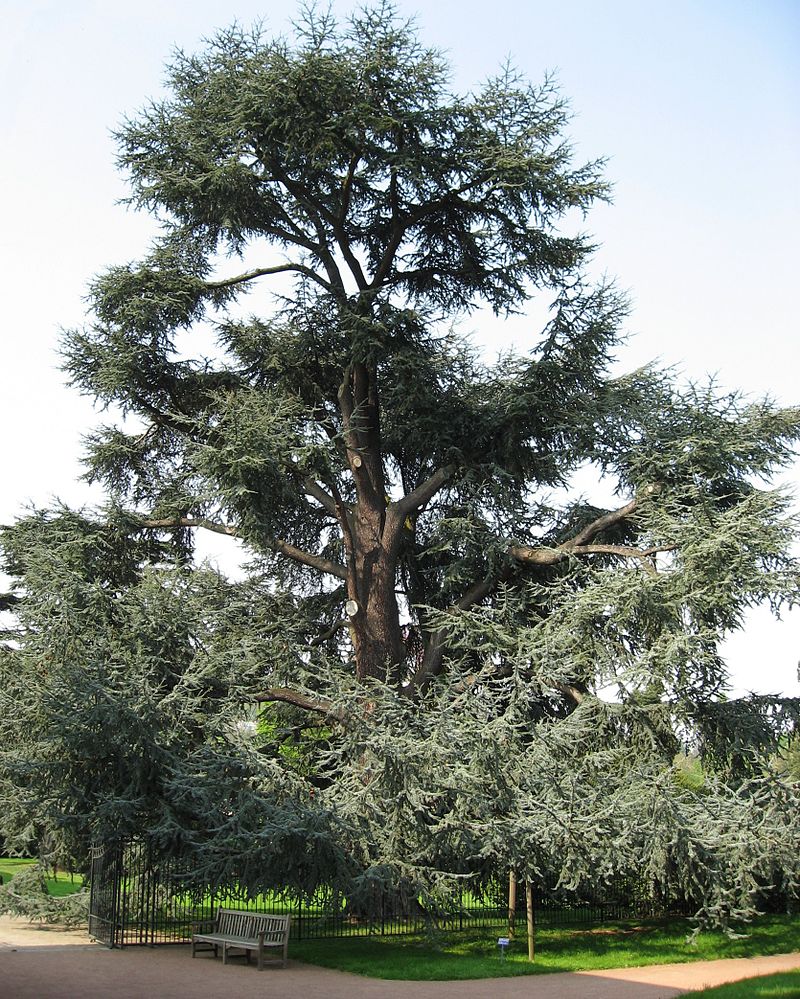
Although it can get more than 100' tall with an equal spread from its strong limbs, most specimens in cultivation can be expected to top out around 50-70'. In youth the tree is conical and symmetrical. The leaves, about an inch long, are stiff and 4-angled, and arranged in dense clusters on short shoots. The cones are barrel shaped, 3-5" long and held erect, a characteristic of the true cedars (genus Cedrus).
Cedar of Lebanon is very similar to (and very closely related to) Atlas cedar (C. atlantica), and some authorities consider them to be just subspecies in the same species. Michael Dirr, the famous authority on landscape trees from the University of Georgia, says Atlas cedar has a taller, less flattened crown, less densely arranged branchlets, and smaller cones (2-3" long) than cedar of Lebanon.
Location: Cedar of Lebanon is named for the famous forests that grow in Lebanon. The species also occurs in Turkey and Syria. Var. stenocoma is native to southern Turkey.
Culture: The cedars grow well in acidic sands and in thin soils over limestone; pH doesn't matter. Good drainage is essential, however. Cedar of Lebanon has a tendency to produce multiple leaders and the grower may wish to prune out the weaker shoots; do this
in autumn. These are slow growing trees.
Light: Young trees can grow in partial shade but will eventually need full sun to realize their potential.
Moisture: Cedar of Lebanon occurs naturally where there is very little summer rainfall, and is quite tolerant of drought. It can thrive where annual precipitation is no more than 15", but it also does well where 80" of annual precipitation is the norm.
Hardiness: USDA Zones 6 - 9.
Usage: The cedars make majestic specimen trees for parks, estates and larger lawns. A mature cedar of Lebanon, especially one with multiple leaders, will be as wide as it is tall, and a truly picturesque specimen.
Features: The taxonomy of the genus Cedrus is debated by the botanists. Depending on who you believe, you can recognize one, two or four species. The splitters recognize Cyprus cedar (Cedrus brevifolia), cedar of Lebanon, deodar cedar (C. deodar), and Atlas cedar. Germination: 30-50%.

This palm is grown commercially throughout the Middle East for its delicious and abundant fruit. It can be easily grown indoors. Outside, it will grow to a height of 80 ft. with a 12" trunk that is coverer with attractive leaf scars. The leaves are feather shaped with a beautiful gray-green coloration. It is a fast grower. Everyone should have one of these plants.
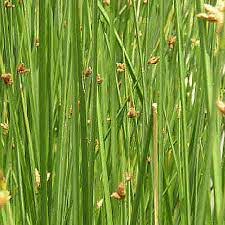
The strong triangular blades of this plant provided ribs for basket weaving, while the softer circular stems were often used for thatch or for finer weaving purposes. Though not a true rush, this member of the sedge family provides forage for water birds and small rodents. Occasionally, even the regal trumpeter swan and the Canada goose eat its foliage. A tough plant, it survives many types of hardship and is often used for erosion control or wetland restoration. The genus name "Scirpus" is the Latin term for bulrush.
Direct sow either in late fall or early spring. Press the seed into the surface of the soil, compacting the soil very firmly. For spring planting, mix the seeds with moist sand and store in the refrigerator for 60 days before planting. Keep the soil saturated until germination.
Growing: Water seedlings regularly until they become established. This plant prefers soil that is constantly moist and saturated, and thrives in shallow water or mud. It adapts to many soil types, including sand and gravel with adequate moisture. It will spread by rhizomes and self-seeding; mature plants can be divided. This plant makes an excellent choice for erosion control or wetland restoration, and provides forage and cover for birds and other wildlife. It also performs well in water gardens or on stream banks. For zones 2-11.
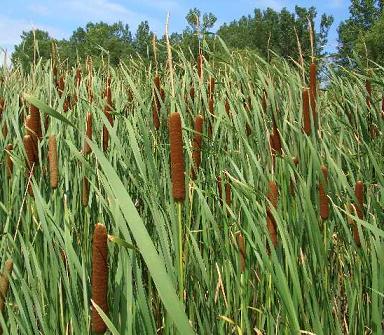
A unique and useful plant for wet areas. It can be used in water gardens, bog gardens, ponds. It will naturalize in wetland areas. Flower spikes are very popular additions to dried flower arrangements.
Narrowleaf cattail is easily identifiable from a distance because of its distinctive, narrow, blade-like green leaves (each to 5' long and 5/16" wide) and its stiff unbranched flower stalk which blooms from May to July and is topped by a poker-like, sausage-brown flower spike (5/8 to 1 1/4" diameter) which purportedly resembles a cattail.
A marginal, semi-aquatic, herbaceous perennial that typically grows from extensive creeping rhizomes to 3-7’ tall, often forming, over time, dense stands of robust spreading vegetation. It is native to wet, often mucky soils, including areas of shallow water to 12" deep, in fresh and brackish marshes, swamps, ditches, water margins of rivers and ponds, and along various other wetland areas in North America, Europe and Asia.
Narrowleaf cattail has year-round edible uses: (a) the peeled rhizomes can be cooked like potatoes or dried and made into protein-rich flour which can be added as a thickener for soups; (b) the young spring shoots are juicy with a nutty flavor and can be used as an asparagus substitute; (c) the young immature flowers can be boiled and eaten somewhat like corn on the cob; (d) the base of the leaves can be eaten like an artichoke; (e) the flowers can be eaten raw or cooked. Leaves are not edible but may be woven into mats, seats and baskets.
Typha can be used as a source of starch to produce ethanol. Because of their high productivity in northern latitudes, Typha are considered to be a bioenergy crop. A perennial plant for zones 2-11.
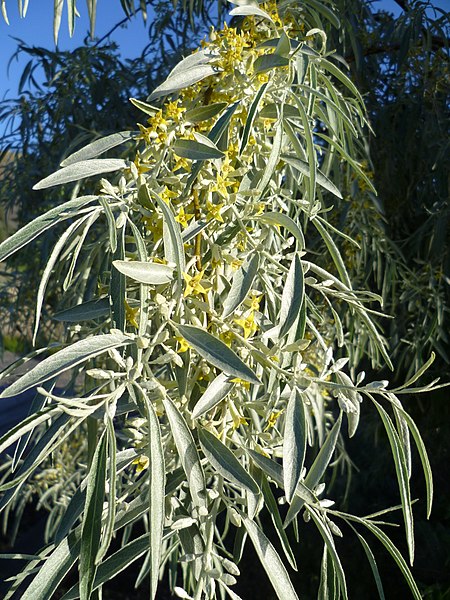
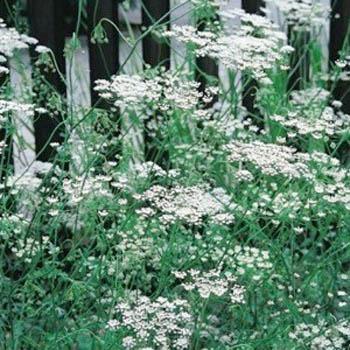
The plant is also highly used as a culinary herb. It is sweet, highly aromatic and has a flavor similar to licorice. The leaves are often used to garnish dishes and are added to salads. The seeds are crushed and the flavoring is used in fruit dishes, pastries, and cheeses. The oil is also used in making perfumes, soaps and other toiletries.
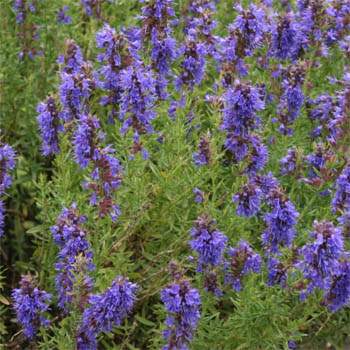
Hyssop is also used symbolically in the Bible. When the Israelites marked their door posts with lamb's blood in order for the angel of death to pass over them, God instructed them to use a bunch of hyssop as a "paintbrush"(Exodus 12:22). This was probably because hyssop was sturdy and could withstand the brushing, but it also likely signified that God was marking His people as "pure" and not targets of the judgement God was about to deal out to the Egyptians.
David also mentions hyssop in Psalm 51:7: "Cleanse me with hyssop, and I will be clean; wash me, and I will be whiter than snow". David does not refer to physical cleansing-rather, he is asking God to cleanse him spiritually as he confesses his sin.
Hyssop also appears at Jesus' crucifixion, when the Roman soldiers offered Jesus a drink of wine vinegar on a sponge at the end of a stalk of hyssop (John 19:28-30). This was, in fact, Jesus' last act before He declared His work on earth finished and gave up His spirit. While the hyssop stalk may have been used for purely practical purposes (i.e., it was long enough to reach to Jesus' mouth as He hung on the cross), it is interesting that that particular plant was chosen. It is possible that God meant this as a picture of purification, as Jesus bought our forgiveness with His sacrifice. Just as in the Old Testament blood and hyssop purified a defiled person, so Jesus' shed blood purifies us from the defilement of our sin.
The Hyssop herb is an aromatic plant, and the young leaves are somewhat bitter and minty in flavor. A widely used culinary herb, both the flowers and leaves are used in salads although the leaves are much stronger in flavor. It is also used to flavor pork, chicken, soups, teas and stuffing.
Hyssop is also considered to be a medicinal herb, with the oil obtained from the leaves used to make herbal baths and facials.
Hyssop is an excellent bee plant. Legend has it that beekeepers rubbed their hives with hyssop and other herbs to encourage bees to stay. Hyssop also attracts hummingbirds and butterflies; claims that it keeps cabbage butterflies away from crops or repels flea beetles have not been substantiated.
A perennial hardy in zones 3 to 10.
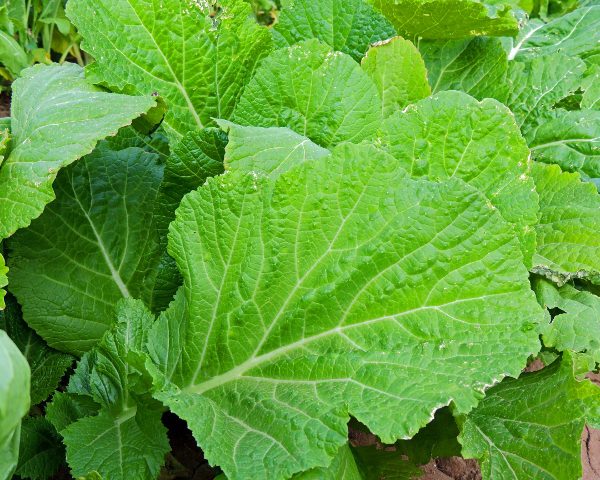
We offer the Florida Broadleaf variety of mustard as it is a wonderful garden variety mustard. Plant produces good yields of flavorful green mustard leaves. Excellent greens used in salads, sandwiches, or cooked. This variety bolts slower than other varieties. High in Vitamin A, B, and C. Excellent freezing and canning variety. A traditional Southern favorite. Grows 24" tall, produces in 45 days.
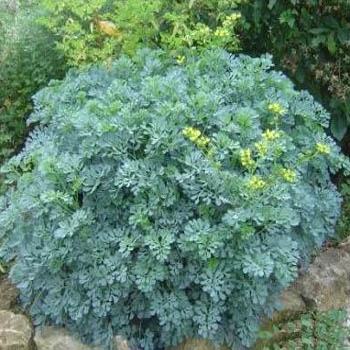
In ancient times, rue was an important culinary and medicinal herb. It’s mentioned in the Bible by its Greek name, peganon. Rue was a common cooking herb for the Romans and commonly used in a spicy seasoning paste that contained garlic, hard cheese, coriander, and celery seeds with rue leaves. The botanical, Latin name of Ruta comes from Greek, translated as "to set free", referring to its use as a chief ingredient in mixtures used as antidotes to poisoning.
Rue was also used as a strewing herb, fresh sprigs of the herb scattered on floors in the belief it would keep away the plague. It was a common herb believed to keep away witches, and that folk use evolved into the Catholic Church’s practice of dipping branches of rue into Holy water and sprinkling it over the heads of parishioners as a blessing, which earned it a common name for the plant of "herb of grace".

